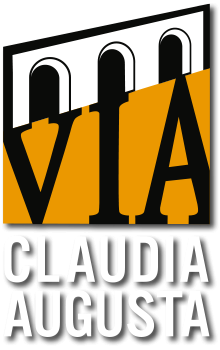

It doesn't matter if you want to get a quick overview or to get full information, e.g. to plan a trip, or if you want to browse at home or during the trip. The Via Claudia Augusta Internet platform provides all the possibilities. Depending on which main menu item you use to enter, the content is prepared for different interested parties and different approaches.
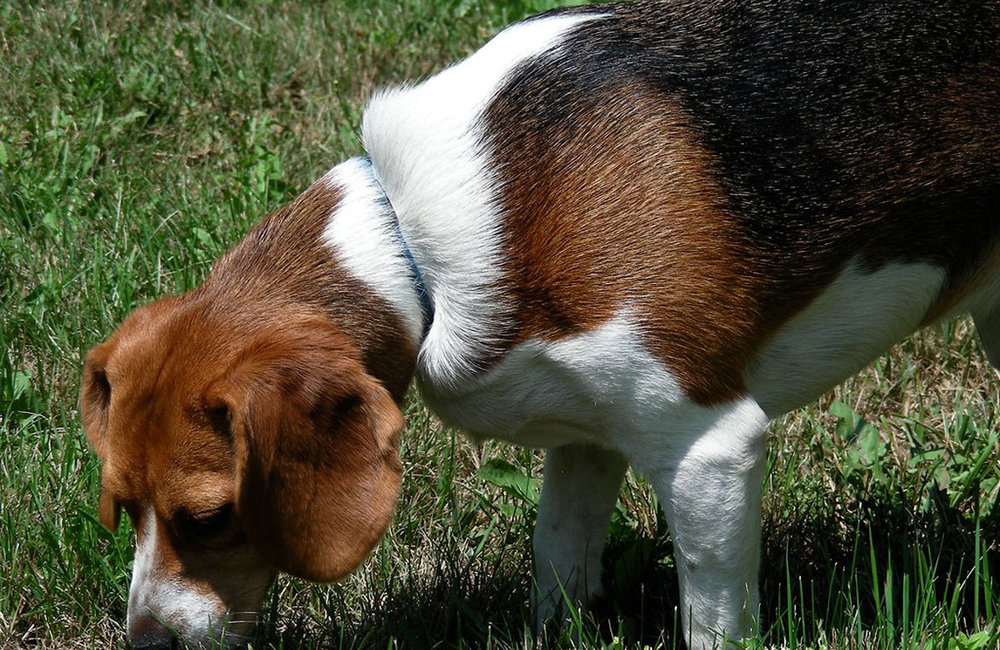
The Via Claudia Augusta Internet platform contains a lot of information, which is prepared differently for groups with different interests and approaches. For those who simply want to get a quick taste of what the Via Claudia Augusta is, what it offers, whether it is interesting for them, ... there is also a first page under each menu item, which gives an overview: In addition, the Internet platform works with many photos, which, as is well known, are saying more than 1000 words. Just get a taste of it!You are also welcome to contact us at any time.
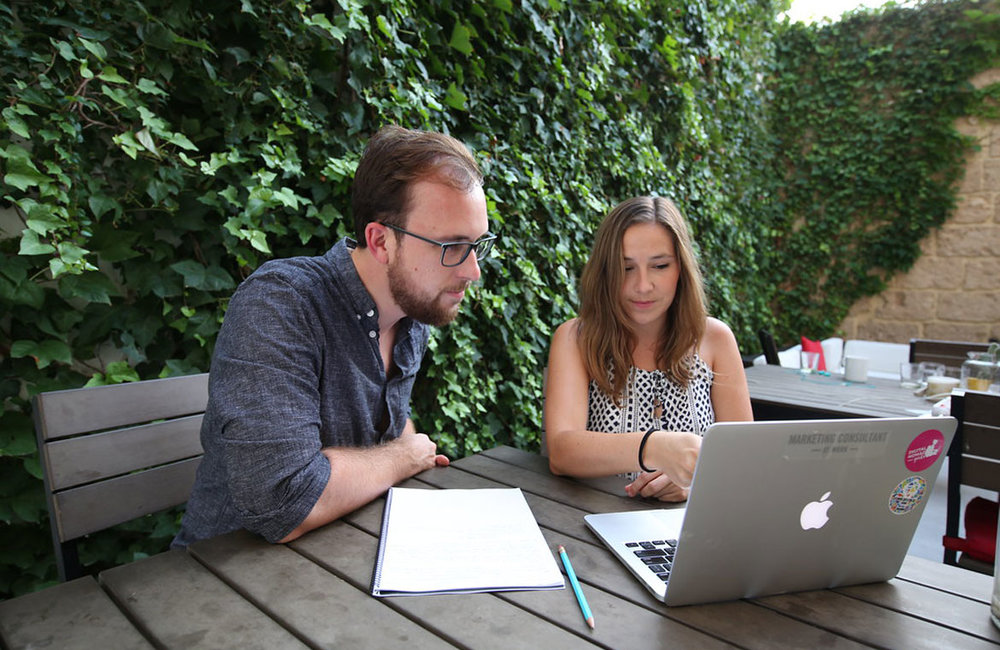
Everyone has a different approach and different interests. For this reason, we have prepared the Via Claudia Augusta in a variety of ways for people with different interests: for cyclists, for people primarily interested in history, for hikers, for people interested in contemporary culture or for gourmets ... Of course, in every description, including the one for cyclists, there is a little bit of everything. If, for example, a cyclist wants to know more about history, he or she can, in addition to the detailed description of the cycle route, also look at the detailed history of the regions and places along the route. Besides many pictures, all information is available in text form and also in map form. To plan your trip or for during the trip there are documents to download, printed guides to order and also a route planning tool that can be combined with the navigation apps for Android and iPhone. We are also happy to provide you with advice and information. Enjoy informing and planning!

The internet platform also has a lot to offer for all those who are interested in the Via Claudia Augusta, who want to get more detailed information and/or get in the mood for discovering the Via Claudia Augusta. In addition to information in text, pictures and maps, with different focuses, there are, for example, video recommendations, book recommendations, successive historical maps of all regions along the route, a historical database for those particularly interested in history, ... All these things are not only available on your desktop computer, but also in the fully smartphone-compatible version when you are on the road. For example, every evening and/or tomorrow during a journey you can read up on the day behind you according to your interests and taste or get in the mood for the next stop ... This way you discover even more, you can classify things, understand them better and the experience becomes even more intense. Have fun with it!
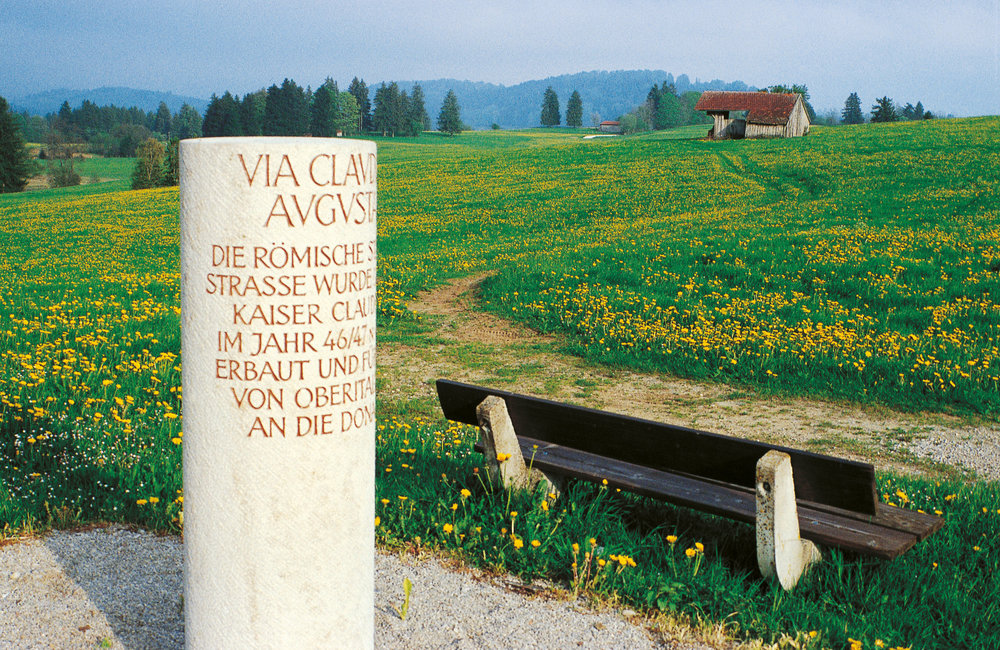
The Via Claudia Augusta is a road that has connected the north and south of Europe for thousands of years - before the Romans, during the Roman Empire, in the Middle Age and in modern times - until today. See for yourself!
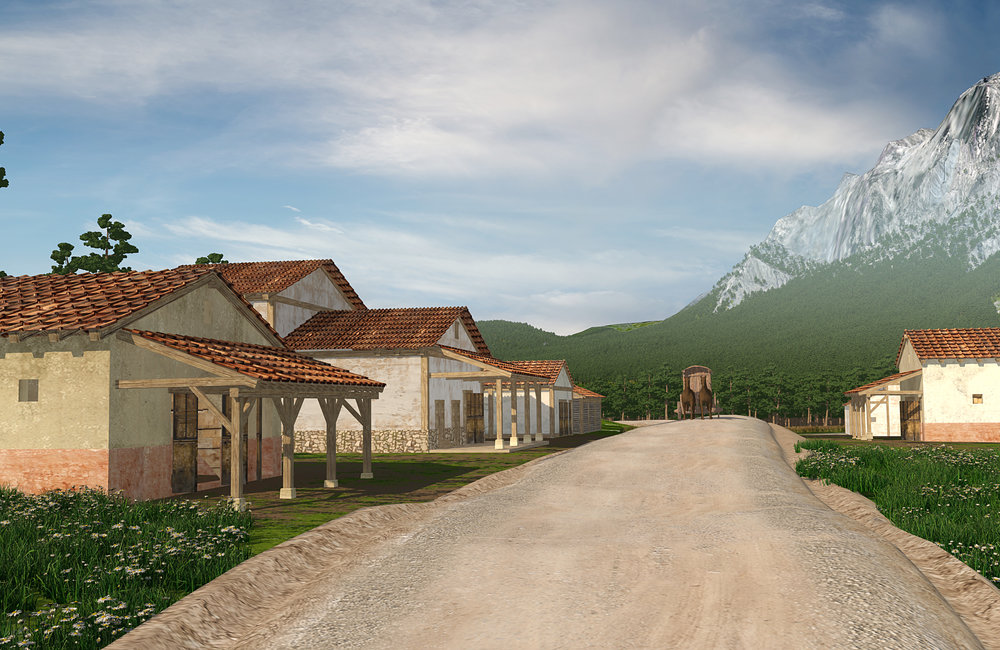
Already the Etruscans, Venetians, Rats and Celts were in exchange with each other. The Romans expanded their routes to become the first road over the Alps connecting Europe. The Via Claudia Augusta stretched from the Danube to the Adriatic Sea and the Po and connected the north and north-west of Europe with the south and south-east of the Empire. The road remained important in the following years. It was a trade route, an axis of encounter and cultural exchange and shaped regions, people and their cultures. Learn more about the history of the Via Claudia Augusta and the history of the regions and places along the old road, divided into Altinate and Padana.

The Via Claudia Augusta has been an axis of encounter and cultural exchange for thousands of years. The cultural and historical traces left by the road are correspondingly numerous. The people are correspondingly diverse and the cultures that the Via Claudia Augusta has helped to shape are correspondingly lively: Cultural monuments, lively exhibitions, music, theatre, art, cuisine and food culture, ... Find out more about how the Via Claudia Augusta has grown into Europe's cultural axis.
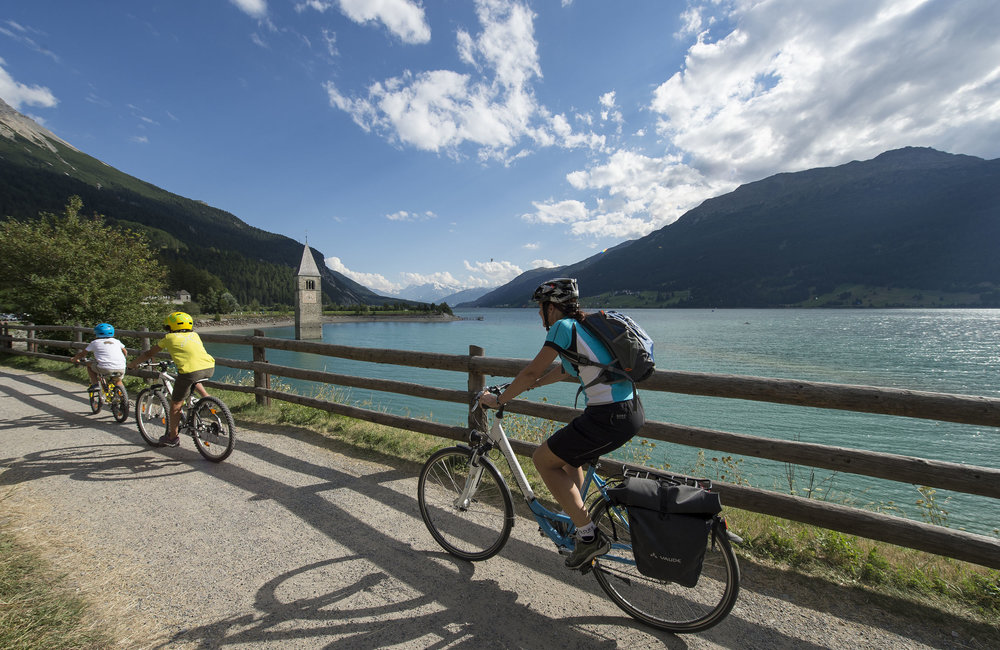
Everything that has shaped the Via Claudia Augusta and what it is today can be experienced in different ways: on a cycling tour the easiest Alpine crossing for touring cyclists, during a long-distance hike in the footsteps of the Romans, travel route for car, camper, bus, ... along the Via Claudia Augusta, but also during an excursion or a few days' holiday in one of the regions along the route.

Along the Via Claudia Augusta, a colorful variety of regions and places are waiting for you to spend relaxing and/or exciting days. Discovering the Via Claudia Augusta can be combined with various other holiday destinations. Among the regions along the Via Claudia Augusta in Bavaria, Tyrol, South Tyrol, Trentino, Veneto and Lombardy are picturesque little villages and pulsating cities, mountains and wide plains, the sea, lakes and rivers, wellness regions, culture, wine and food regions, tourist strongholds and insider tips, ...
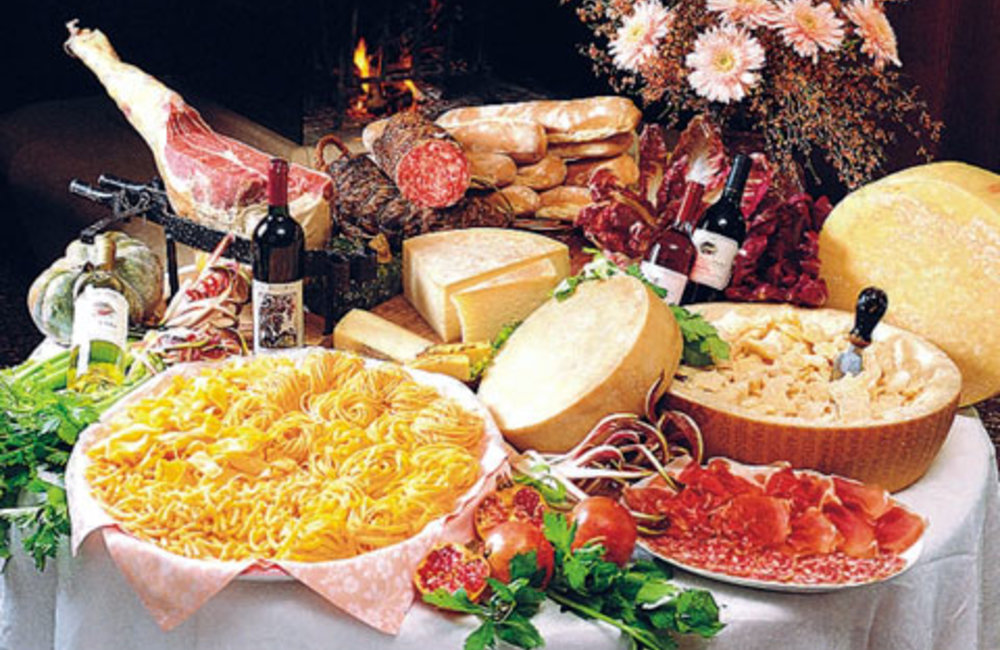
Thousands of years of encounters and exchange with people from many different countries have also brought a great variety of food specialities, ways of preparation, eating and drinking cultures. Some specialities were born in the regions and places, some found their way to the villages thanks at the Via Claudia Augusta. All of them are cultivated, developed and appreciated. Many even have their own festival. And there is also a great abundance of fine wines. The Via Claudia Augusta is not just one wine route, but several wine routes are located along the road. Taste the Via Claudia Augusta.
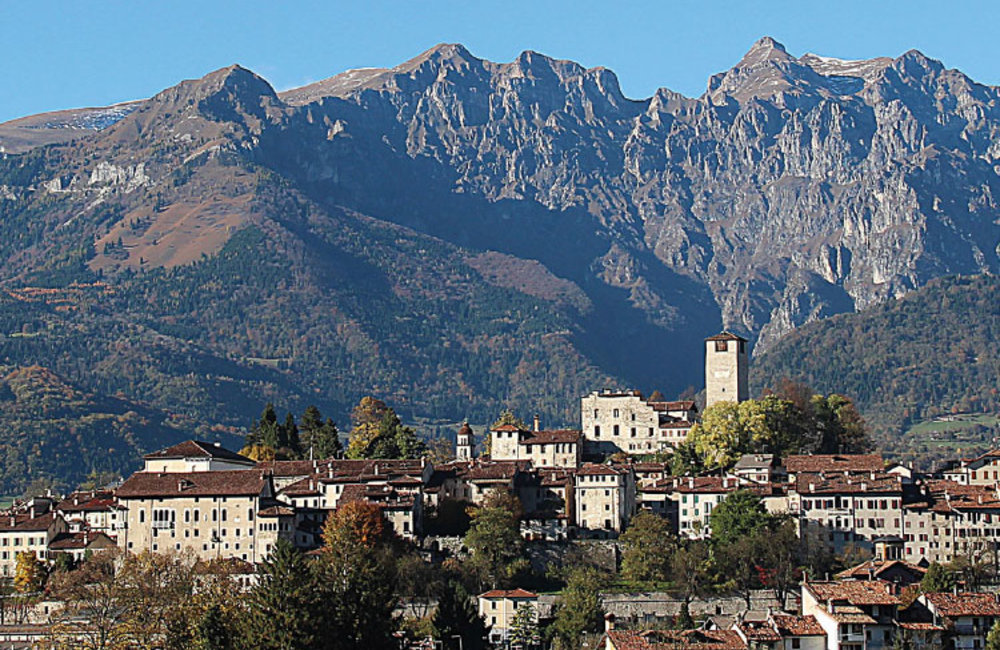
Within the framework of an Interreg project, the most interesting knowledge on the 2000 year history of the Via Claudia Augusta has been prepared for the general public, including a "virtual museum" on the new homepage and in smartphone apps, that will pique everyone's interest.

The realization of the Interreg project "Hereditas - Virtual Via Claudia Augusta" began in 2017. It is helping to give additional impetus to this ongoing work. It is therefore a kind of "turbo" fot the archeological and historical work of the Via Claudia Augusta, which also has a lasting effect. The core of the project is the digital processing of the most interesting knowledge on the 2000 year history of the Via Claudia Augusta for the general public, especially in the form of 3D models. Furthermore, the project core includes upgrading the homepage and smartphone app to make there digital preparations optimally accessible to the population and guests - as a kind of "virtual museum" that interests and inspires young and old. Those interested an enthusiastic will also find - in search of more - more in museums, read up and discover testimonies of the historic road along the route.
To ensure that more and more knowledge on 2000 years of history will be available in the future. the funding project also provides for a systematic collection of existing knowledge by students, which is currently spread over 100e sources and many locations.

The most important measures are ...

The 4 project partners in Italy and Austria are the LAG Prealpi e Dolomiti (Sedico/I), thecity of Feltre (I) and the Associazione Via Claudia Augusta Italia (Feltre/I) and theassociation Via Claudia Augusta Tirol (Landeck/A).

The final presentation of the project results
took place on December 15, 2020 at the Town Hall of Feltre.
(because of Corona by video-conference).
At the beginning the new documentary "Via Claudia Augusta, an artery at the origins of Europe" was presented.
Then spoke:
Massimo Rigoni (Coordination Unit of the Veneto Region).
Director Matteo Aguanno (Lead Partner GAL Prealpi e Dolomiti)
Chiara D'Inca (Monuments Office of Padova)
Vice Mayor Alessanro Del Bianco (Project partner City of Feltre)
President Giorgio D'Agostini (Project partner Association Via Claudia Augusta Italia A.P.S)
Chairman Dr. Walter Stefan (Project partner Via Claudia Augusta Tyrol Association)
Mag. Christoph Tschaikner (Project Koordinator)
President Alberto Peterele (Leadpartner GAL Prealpi e Dolomiti)
Moderation:
Nicola Maccagnan

The project "Hereditas, Virtual Via Claudia Augusta" funded by the European Regional Development Fund and Interreg V-A Italy-Austria 2014-2020 with public funding of €. 375,423.75).
Projekt description: The objective of the project was to increase the attractiveness of the territories that follow one another along the road axis of the ancient Roman road and to strengthen their historical identity. With this intent, a series of multimedia initiatives were carried out that concerned communication through the improvement and updating of the contents of the internet portal, the creation of interactive 3D maps with applications to map the route, the elaboration and digital reconstruction of installations of great historical and landscape interest, the promotion in international tourist markets with advertising, public relations and online marketing, the production of printed and digital information material, and the organization of an international conference. The key action involved the creation of a Virtual Museum to represent the most valuable cultural heritage existing along its route with services and digital equipment usable by tourists and citizenship both at home and on the road.
Duration: 37 months (Start 30/11/2016 - End 31/12/2020).
Priority axis: 2 - Nature and culture
Thematic objective: 6 - Preserve and protect the environment and promote the efficient use of resources
Specific objective: 4 - Protection and enhancement of the natural and cultural heritage.
Action: 10 - Protection, conservation and soft valorisation of the common natural and cultural heritage.
Reference notice: Interreg V-A Italy-Austria - Call for proposals 2016
Project code: ITAT2007 - CUP B93J16000090004
EU financial support FESR: € 999.714.37
Financial support by the Region of Tyrol: € 85.900,00
Total budget of the project: € 1,549.942,50

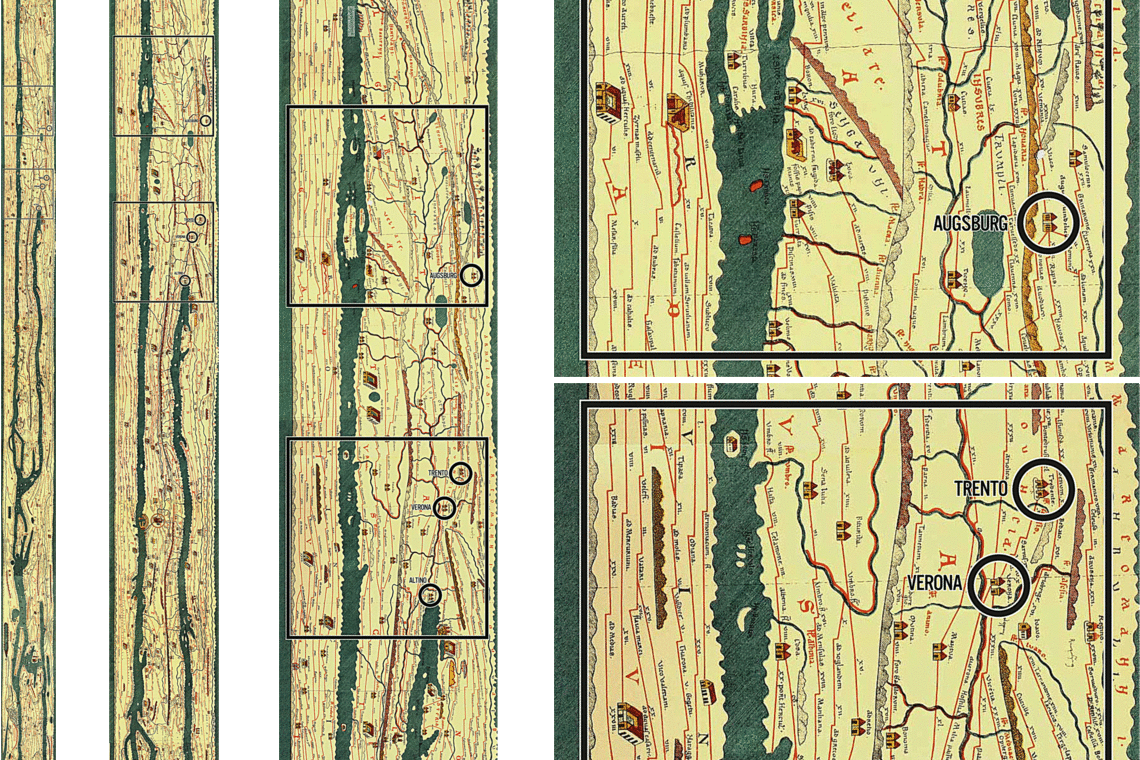
The Tabula Peutingeriana is the only surviving map of the Romans that shows the entire Roman Empire. It is not a geographically correct map, but a schematic map, similar to a subway map. It was very long and was rolled. Do you recognize Italy, in the second map from the left, in the lower 2 thirds, in the middle? Yes, that's Italy. The elongated water area to the left of Italy is the Mediterranean Sea. Following the schematic Tabula Peutingeriana, the Via Claudia Augusta also developed schematic maps. If a schematic map appears on the left-hand side of the homepage, it will show you which part of the Via Claudia Augusta the content concerns. If a schematic map appears on the right-hand side, it will show you the relevant section in detail.


È attualmente in fase di realizzazione una serie di mappe delle regioni lungo la Via Claudia Augusta. Ognuna di esse mostrerà la relativa zona in 3 differenti momenti della suastoria e come èora. Le 3 mappe "storiche" permettono di farsi un’idea di come la regione si è trasformata nel corso della storia. Quella attuale è un‘introduzione ai modi e ai luoghi per conoscere la regione e la Via Claudia Augusta di oggi.
Already the Celts, Raetians, Venetians, Ligurians and Etruscans were in contact via the Via Claudia Augusta. The Romans expanded it to the Europe-connecting "Alpine highway" and gave it the name - Via Claudia Augusta = Cailerian Claudian road, named after the emperor who had it expanded. The road, which was developed into the Via Claudia Augusta, is said to have originally even led to the Elben shortly before Berlin. The fact that it finally had its northernmost point at the Danube, in Donauwörth, was due to the lost battle in the Teutoburg Forest, after the Romans largely left the wooded and swampy area north of the Danube to the Germanic tribes. The southernmost points of the road are the Roman Adriatic port of Altinum near Venice and the river port of Hostilia on the Po. However, the importance of the Via Claudia Augusta did not end at these points. The first Europe-connecting road across the Alps linked the north and north-west of Europe with the south-east and south of the Roman Empire, which reached as far as the Middle East and North Africa. When the namesake emperor Claudius returned to Rome from celebrating the conquest of Britain, he traveled the Via Claudia across the Alps. When the probably most successful Bavarian in the Roman Empire, Claudius Paternus Clementianus, who made it to Stadtholder of Noricum, traveled from his original workplace in North Africa to his native Epfach, he crossed from Africa to the Adriatic port of Altinum and then traveled on the Via Claudia Augusta.
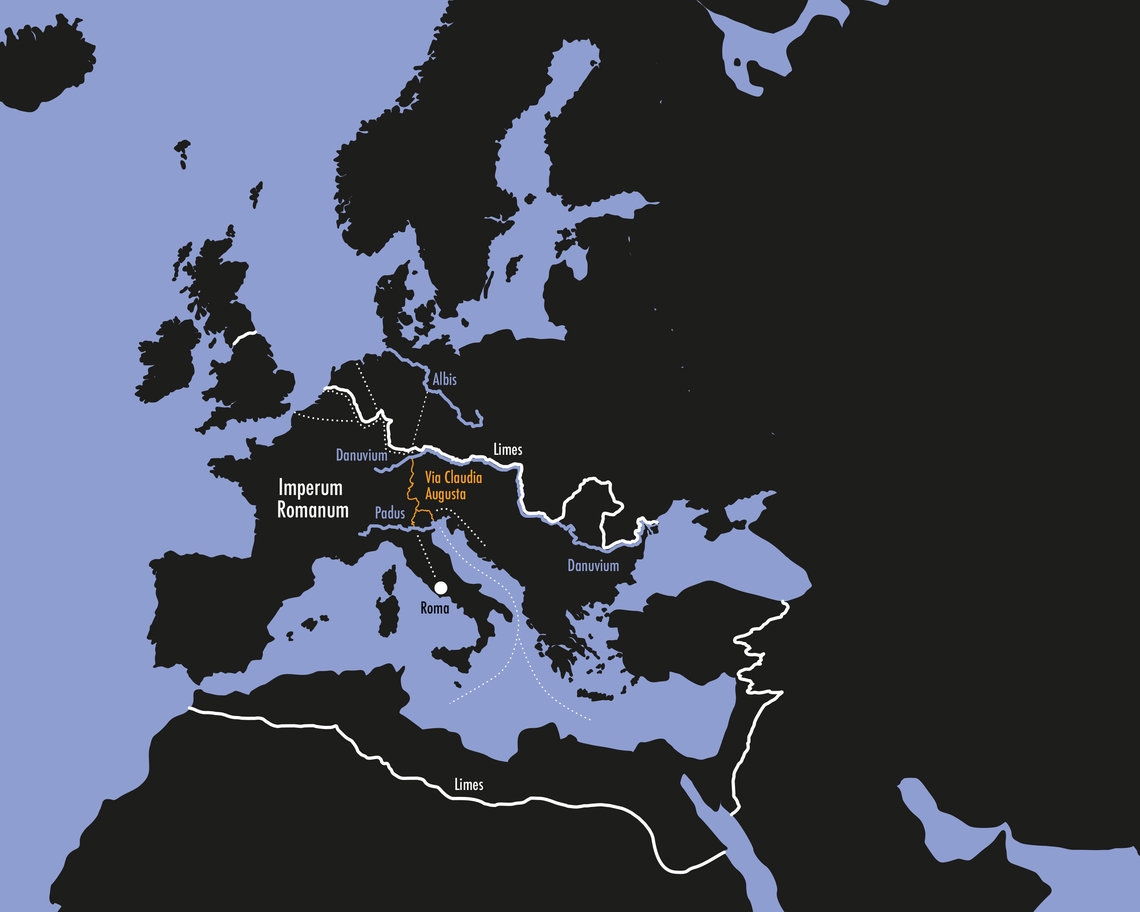
Test
The EU has defined 4 macro-regions, which overlap a little: Baltic Sea Region, Danube Region, Adriatic and Ionian Sea Region and Alpine Region. The Via Claudia Augusta, which already existed in early history and was developed by the Romans into the Europe-connecting ancient "Alpine highway" and got its name. The Council of Europe in Strasbourg and the EU in Brussels have selected the Via Claudia Augusta as a cultural route characteristic of the Alpine region and have presented it to an international public together with the cultural routes typical of the other macro-regions, including a film in which the Via Claudia Augusta is described as the cultural route that conveys the origin of Europe like no other - a nice compliment.

The European Region "Euregio Tyrol South Tyrol Trentino" is in several senses the heart of the Via Claudia Augusta: The central part of the Via Claudia Augusta leads through the European Region, which corresponds to the former county of Tyrol, and which today belongs partly to Austria and partly to Italy. There is hardly a valley in the European Region through which an important supra-regional connecting route did not pass in historical times. The three parts of Tyrol lived with and from the traffic routes. They promoted the economy. They shaped the regions, the people and their cultures. The important traffic routes belong to the common DNA of the Euregio. The Via Claudia Augusta is the most important of these historic routes. Last but not least, the Euregio strongly supports the revival of the first road across the Alps connecting Europe.


Promote the common identity with the Via Claudia Augusta; exchange and cooperate with other municipalities; present the municipality and its peculiarities to an interested, international audience; draw attention to culture and offers of the local economy; bring additional life to the place; ...
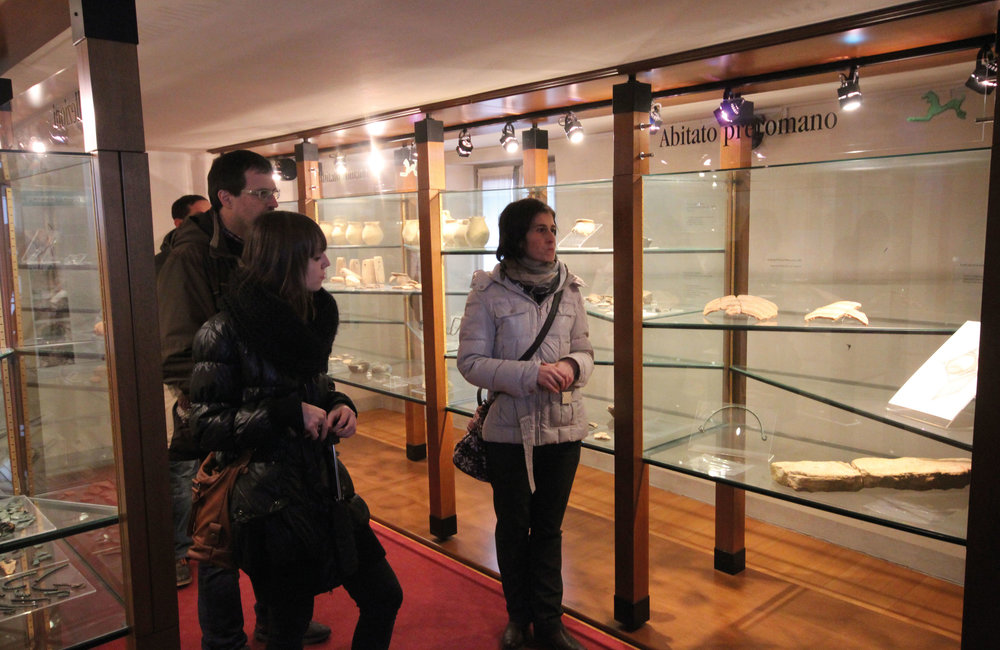
Become part of an Europe-connecting whole; exchange and cooperate with other cultural institutions, cultural actors and cultural providers along the Via Claudia Augusta; attract joint attention; lead locals, excursionists, travelers and holidaymakers to culture; develop joint offers; ...

Prepare together for the guests of the Via Claudia; bring an interested, international audience to the region, present yourself to them like at a tourism fair and invite them to come back and spread the word; make the region, its special features and offers known through the publications of the Via Claudia Augusta; ...

Prepare together in the best possible way for the guests of the Via Claudia Augusta; host travelers; present yourself like a tourism fair and invite them to come back and spread the word; make a quality, international audience aware of the hospitality business and its offer through the publications of the Via Claudia; ...
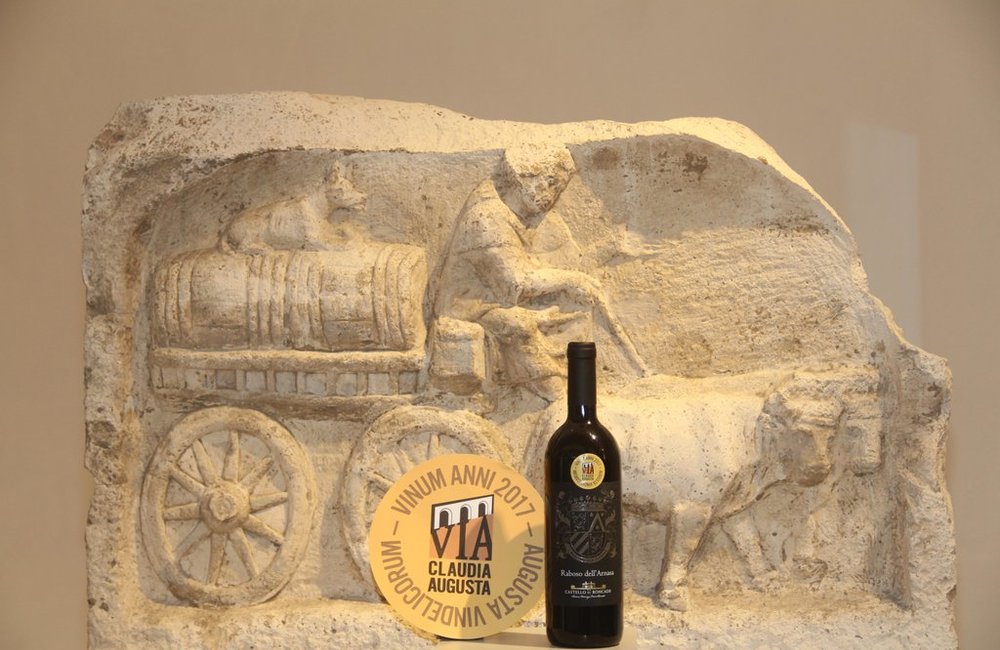
Jointly promote wine culture and awareness of quality; draw a quality international audience to the winery and its wines through Via Claudia Augusta publications; guide locals, travelers and vacationers to the winery; right to use the internationally protected Via Claudia Augusta trademark; ...

Use attention and sympathy for the Via Claudia Augusta; become part of the historical trade and economic axis; draw attention to the company and its products, establish relationships; right to use the internationally protected trademark Via Claudia Augusta; give origin to products and establish a relationship with it, ...

Promote the culture of food, drink and hospitality together; cater for travellers and give them a culinary experience; introduce yourself and invite them to come back and tell others about you; draw the attention of a quality, international audience to the business and its offer through Via Claudia Augusta publications; ...
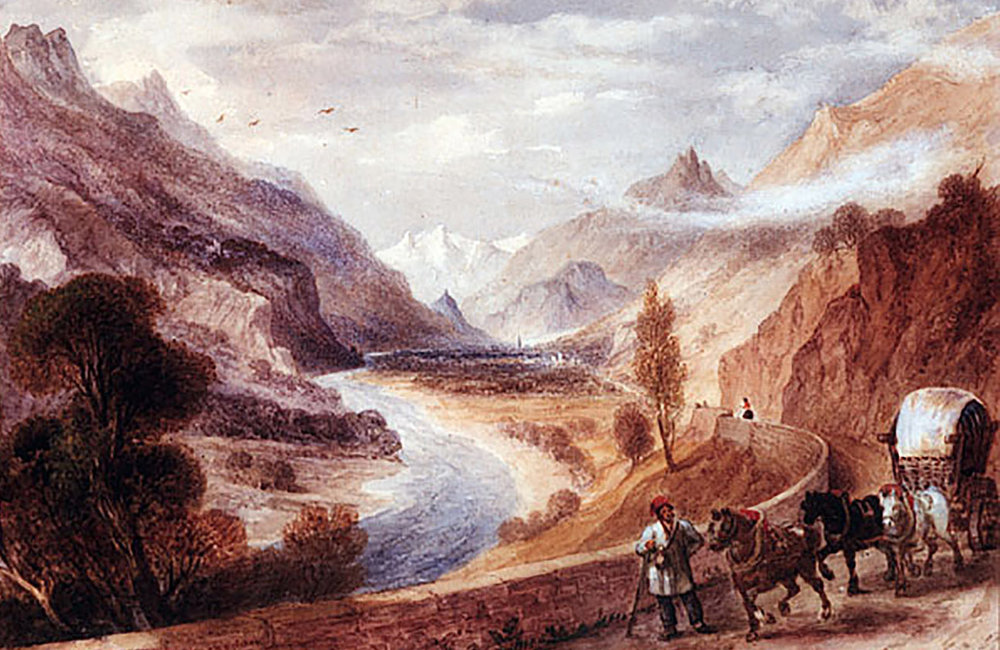
If you like the Via Claudia Augusta, its history and culture, its revival as Europe's cultural axis, the Europe-connecting community, ... can also become a partner of the Via Claudia Augusta as a person, support the Via Claudia Augusta and its work with his contribution, word of mouth, active collaboration, ... support.